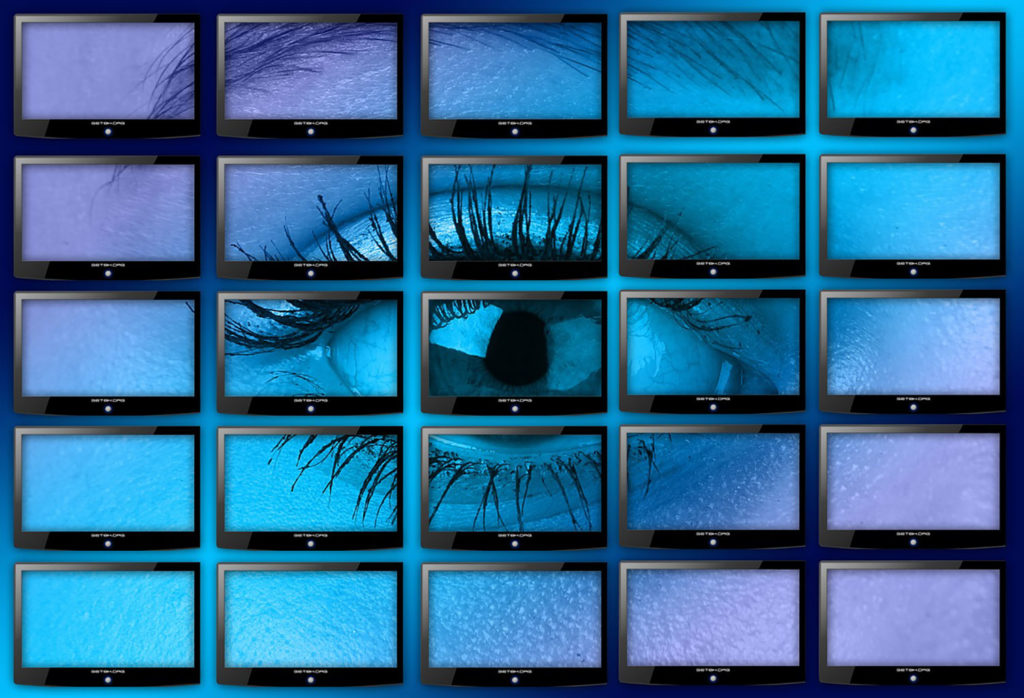Safety is the top priority during the uncertain times of COVID-19, but society has found ways to adapt and push on. Remote classrooms let us continue educating children without putting them at risk for developing or spreading coronavirus. Too much screen time can have adverse effects like eye strain, but you can take a few simple steps to protect your children’s eyes.
Block Blue Light
Part of what makes staring at screens all day a bad idea is the type of light that the screens emit. Blue light can have an impact on your melatonin production, which in turn affects your sleep and wake cycles. Many desktops, laptops, and mobile devices have nighttime modes that filter out excess blue light to make things easier on the eyes and the circadian rhythm.
If your device doesn’t have such a mode or you want to be proactive about eye health, consider blue-blocking glasses. You can even have the feature added to prescription glasses for maximum benefits.
Follow the Rule of 20-20-20
The rule of 20-20-20 is simple: Every 20 minutes, look 20 feet away for 20 seconds. This gives the muscles in your eyes a chance to relax and helps reduce eye strain in students. If your kids have a hard time sticking with the rule, try setting a timer.
Remember to Blink
Sometimes we stare at our backlit screens so intently that we actually forget to blink. If you don’t blink enough, your eyes can dry out and become itchy and uncomfortable. It’s especially easy to forget to blink when you get wrapped up in a lesson, so remind your kids to wet their eyes even when they don’t think they have to. Eye drops can also help with the symptoms of dryness.
Distance Your Device and Your Face
Even the biggest of big-screens can sometimes draw us in close, but there’s no reason to press your face up against your phone, tablet, or computer. Protect your vision by keeping a reasonable distance between your device and your eyes, and hold the screen near or below eye level to avoid “text neck”.
Limit Extracurricular Screen Time
Since kids have to look at screens for remote learning to work, encourage them to do something else when they’re not studying. Their natural temptation may be to spend hours scrolling through social media sites or playing video games, but this only stresses the eyes out even more. Suggest alternative options like taking a walk outside or playing a sport to avoid eye fatigue.
Lead by Example
It can be tough to enforce rules that you don’t adhere to yourself–especially with watchful young children. Eye health is important at every age, so get your kids on board with these preventative steps by actually practicing them. Let them see what responsible screen time looks like in action so they can model their behavior accordingly.
See a Doctor
If you or your child have been experiencing headaches or dizziness, eye misalignment could be the source of the problem. Dr. Sonneberg is the only certified optometrist in Florida that specializes in vertical heterophoria and prism. Contact us today to learn more about iSee VisionCare or schedule an appointment.


